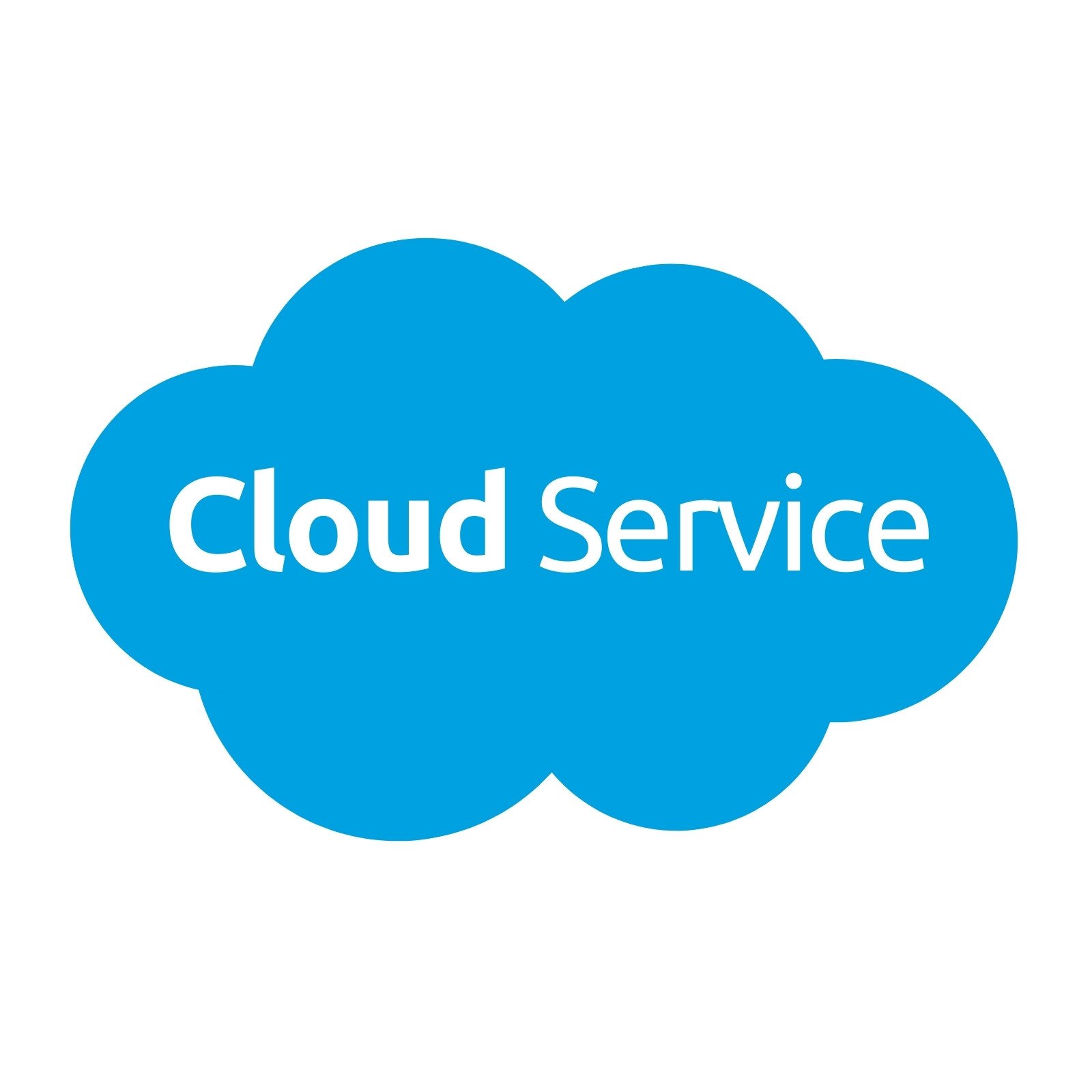Grasping LinkDaddy Cloud Services: The Ultimate Overview to Cloud Services Press Release Tactics
Grasping LinkDaddy Cloud Services: The Ultimate Overview to Cloud Services Press Release Tactics
Blog Article
Simplify Your Facilities With Cloud Solutions
As organizations browse the ever-evolving landscape of modern technology and data administration, the role of cloud services in streamlining facilities has come to be increasingly noticeable. The appeal of streamlined procedures, boosted efficiency, and improved resource allocation through cloud services is indisputable. However, the trip in the direction of a more cost-effective and dexterous IT facilities involves even more than just moving to the cloud. It requires a calculated technique and a deep understanding of the nuances of cloud fostering. So, exactly how can services properly navigate this shift and absolutely open the potential of cloud solutions for simplifying their infrastructure?
Advantages of Cloud Services
Cloud solutions supply a streamlined approach to handling IT infrastructure, offering companies with scalability, cost-efficiency, and versatility. One of the key advantages of cloud solutions is the scalability they use.
In addition, cloud services get rid of the demand for businesses to invest in expensive hardware and software application. This cost-efficiency is a substantial advantage, especially for small to medium-sized business looking to minimize ahead of time expenses. By using cloud solutions, services can access premium IT resources without the hefty price tag related to traditional framework setups.
In addition, cloud solutions supply services with the versatility to access their data and applications from anywhere with an internet connection. This degree of ease of access improves collaboration among groups, allows remote work, and enhances total productivity. The flexibility provided by cloud solutions empowers businesses to adjust promptly to transforming market problems and customer demands.
Expense Cost Savings and Scalability
Along with the operational benefits highlighted earlier, the integration of cloud solutions into a firm's framework generates substantial cost financial savings and boosted scalability. Cloud solutions offer a pay-as-you-go model, permitting services to scale sources up or down based upon current needs, thus avoiding the expenses related to preserving excess capacity. This adaptability makes it possible for companies to adapt rapidly to changing needs without sustaining unnecessary expenses.
Additionally, cloud solutions get rid of the demand for upfront financial investments in software and hardware, decreasing funding expenses. Overhead are also reduced as business no longer need to take care of and keep physical servers, bring about lower energy usage and IT staffing expenses. Furthermore, cloud services provide automatic updates and maintenance, making sure that the framework remains current and safe without calling for manual treatments.
Enhanced Safety And Security Steps
When integrating cloud solutions right into a business's infrastructure to ensure and guard delicate information conformity with sector regulations,Implementing rigorous protection actions is extremely important. Cloud solution companies use improved safety and security functions such as information encryption, firewall program protection, and multi-factor verification to mitigate cybersecurity dangers. Security helps protect data both at rest and in transit, ensuring that only authorized individuals can access delicate info. Firewalls act as a barrier in between outside hazards and inner networks, tracking and controlling outward bound and inbound network website traffic. Multi-factor verification includes an extra layer of security by needing users to supply multiple kinds of confirmation prior to accessing the cloud services.
Furthermore, normal protection audits and conformity assessments assist determine vulnerabilities and guarantee adherence to industry standards. Business can additionally gain from functions like computerized safety and security updates and real-time danger tracking supplied by cloud provider. By prioritizing safety steps and staying positive in dealing with potential threats, services can with confidence utilize cloud solutions while protecting their valuable data from unapproved access or violations.
Transitioning to Cloud Framework
To effectively incorporate cloud services right into a company's facilities, a structured strategy that resolves the change towards cloud-based options is vital. Transitioning to shadow framework involves mindful preparation and execution to guarantee a smooth movement process. The initial step is to analyze the existing framework and determine which applications and systems appropriate for migration to the cloud. This analysis should take into consideration elements such as information level of sensitivity, conformity demands, and efficiency demands.
Once the assessment is full, a migration approach ought to be created. This technique needs to lay websites out the timeline, sources, and responsibilities for moving each element to the cloud. It is important to communicate this plan plainly to all stakeholders to guarantee alignment and lessen disturbances during the change.
During the movement procedure, monitoring and screening are critical to determine and attend to any kind of problems without delay. Regular checkpoints need to be established to track progress and make needed changes. Additionally, training for staff members on using cloud services must be given to ensure a successful transition and maximize the advantages of the new framework.
Ideal Practices for Cloud Adoption
Successful adoption of cloud solutions depends upon the calculated positioning of service objectives with technical capacities and organizational readiness. To ensure a smooth shift to the cloud, companies need to start by carrying out a detailed analysis of their present framework and determining which work are best fit for cloud movement. It is critical to include vital stakeholders from various divisions in the decision-making process to get buy-in and address any type of issues beforehand.
One more ideal technique for cloud adoption is to prioritize safety and compliance. Organizations must very carefully evaluate the safety procedures offered by cloud service carriers and ensure that their information is safeguarded according to sector standards and regulatory needs. Applying durable information encryption, gain access to controls, and routine safety and security audits can aid alleviate dangers connected with cloud adoption.

Final Thought

As services navigate the ever-evolving landscape of modern technology and data monitoring, the duty of cloud solutions in simplifying framework has become increasingly prominent - universal cloud Service. How can companies successfully browse this shift and truly open the capacity of cloud services for simplifying their framework?
Cloud solutions offer a structured strategy to managing IT framework, supplying organizations with scalability, cost-efficiency, and adaptability. By utilizing cloud services, companies can access premium IT resources without the substantial cost tag connected with conventional framework configurations.
To guarantee a smooth change to the cloud, organizations should start by performing a thorough evaluation of their existing facilities and recognizing which workloads are best suited for cloud migration.
Report this page